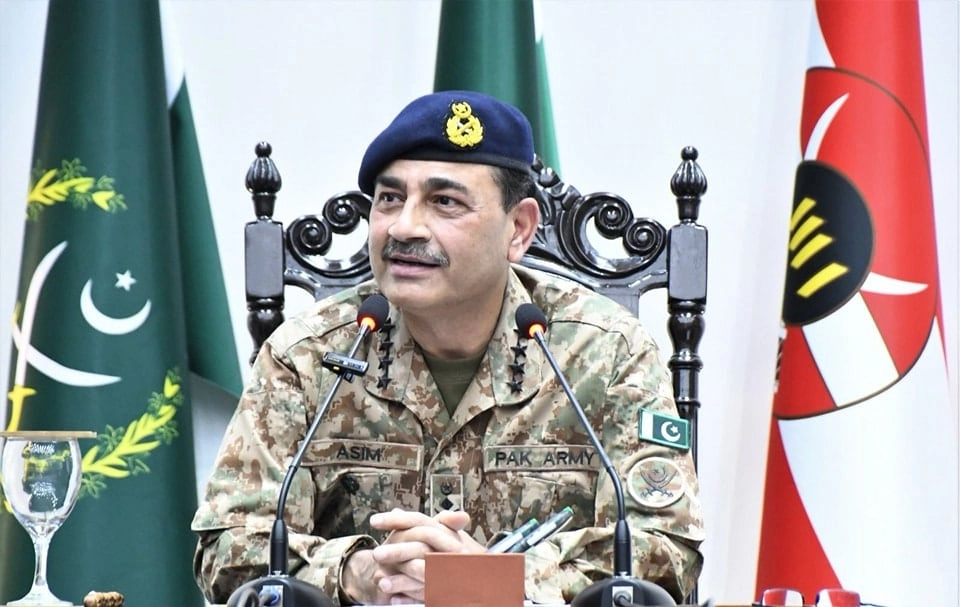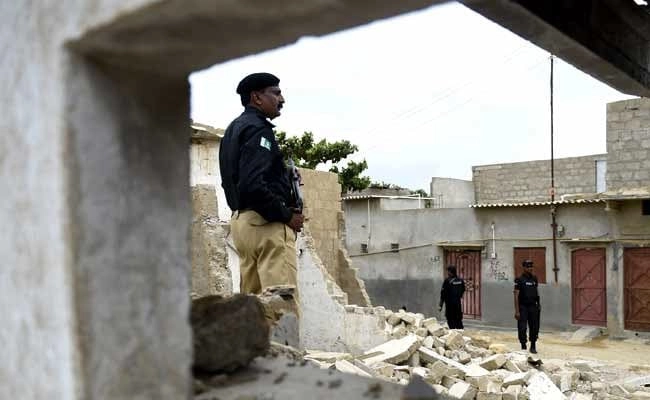The recent developments surrounding Asim Munir, the Chief of Army Staff in Pakistan, have sparked intense debate regarding the implications of his nuclear threats. Many observers are trying to decipher whether these threats are genuine displays of military power or strategic maneuvers in a complex political landscape. Munir’s rhetoric comes at a time when Pakistan is grappling with significant domestic challenges, including economic instability and political unrest. The juxtaposition of a potential U.S. bailout with Munir’s assertive stance raises questions about the interplay between military authority and civilian governance, particularly in a country where the military has historically wielded substantial influence over national policy.
Munir’s statements can be interpreted through various lenses: as a means to solidify his position within the military hierarchy, to assert Pakistan’s sovereignty in the face of external pressures, or as a rhetorical tool aimed at rallying domestic support. The notion of a ‘coup’ has been floated in some circles, suggesting that Munir’s threats may be a precursor to a more significant military intervention in politics. This scenario would not only destabilize the already fragile democratic institutions in Pakistan but could also provoke a strong response from international actors, including the United States. The potential for a U.S. bailout to stabilize Pakistan’s economy adds another layer to this intricate situation, as it reflects the precarious balance of power that exists between military and civilian leadership.
Furthermore, the implications of Munir’s threats extend beyond Pakistan’s borders. They resonate within the broader geopolitical context, particularly regarding South Asia’s nuclear dynamics. The military’s posture may seek to reaffirm Pakistan’s position as a nuclear power, especially in light of ongoing tensions with India. In this respect, Munir’s rhetoric might be seen as a signal to both domestic audiences and international stakeholders that Pakistan remains resolute in defending its interests. However, this approach carries significant risks, as it could provoke escalatory measures from neighboring states, thereby heightening regional tensions.
In conclusion, Asim Munir’s nuclear threats should be understood as part of a broader narrative that intertwines military ambition, political maneuvering, and economic considerations. The prospect of a U.S. bailout complicates the existing dynamics, raising questions about the future of Pakistan’s governance and its military’s role in shaping national policies. As the situation unfolds, it will be crucial to monitor how these elements interact and what they mean for the stability of Pakistan and the South Asian region as a whole. The interplay of military power, political stability, and international relations will likely define the trajectory of Pakistan in the coming years, making it an essential subject for further analysis and discussion.




